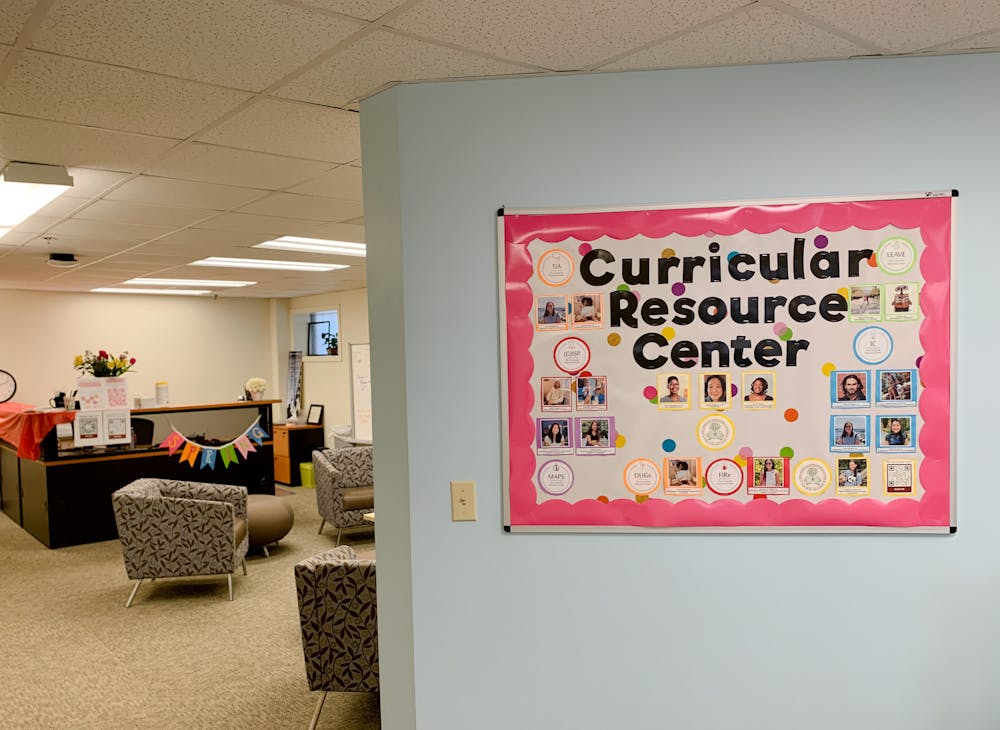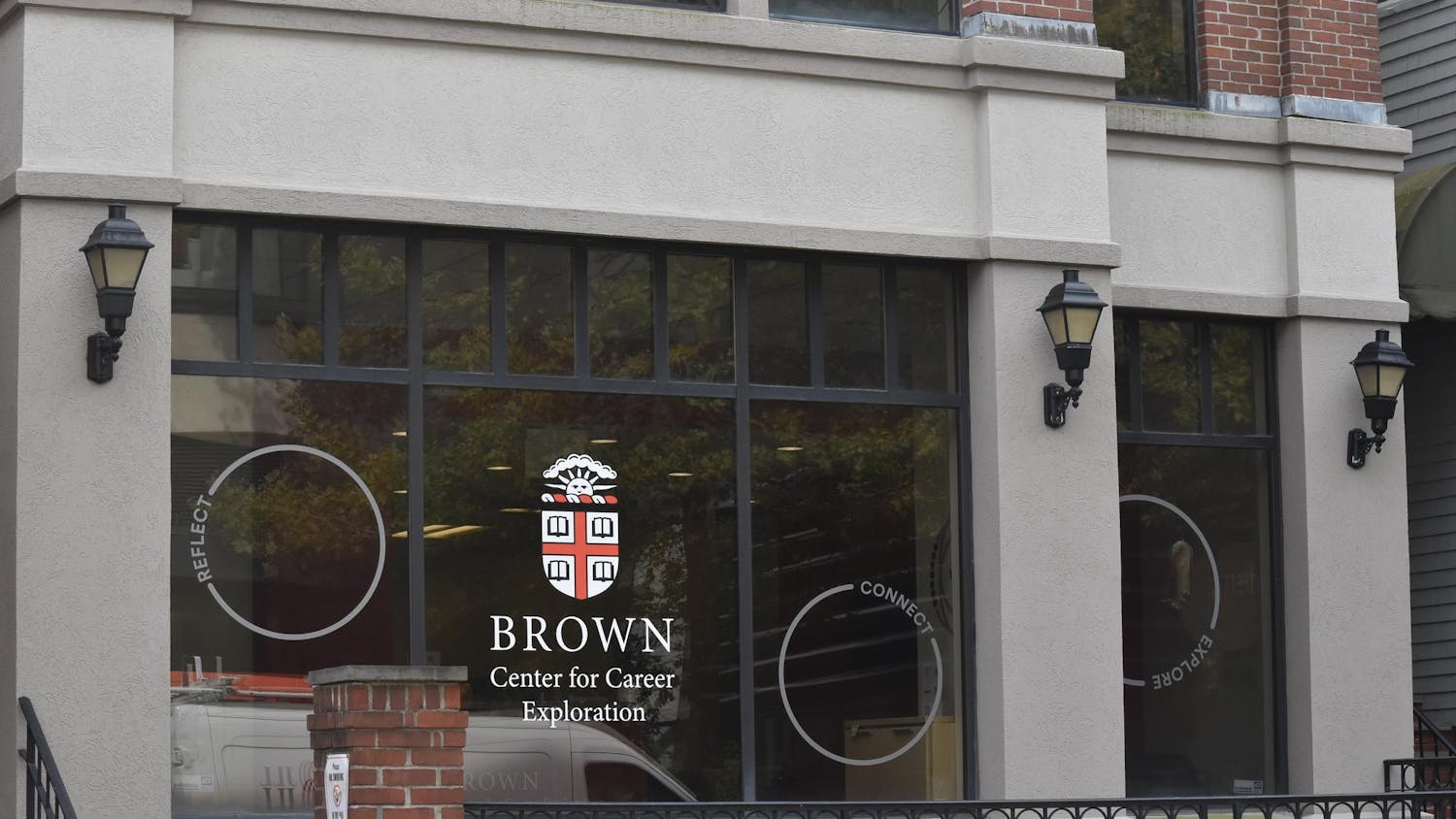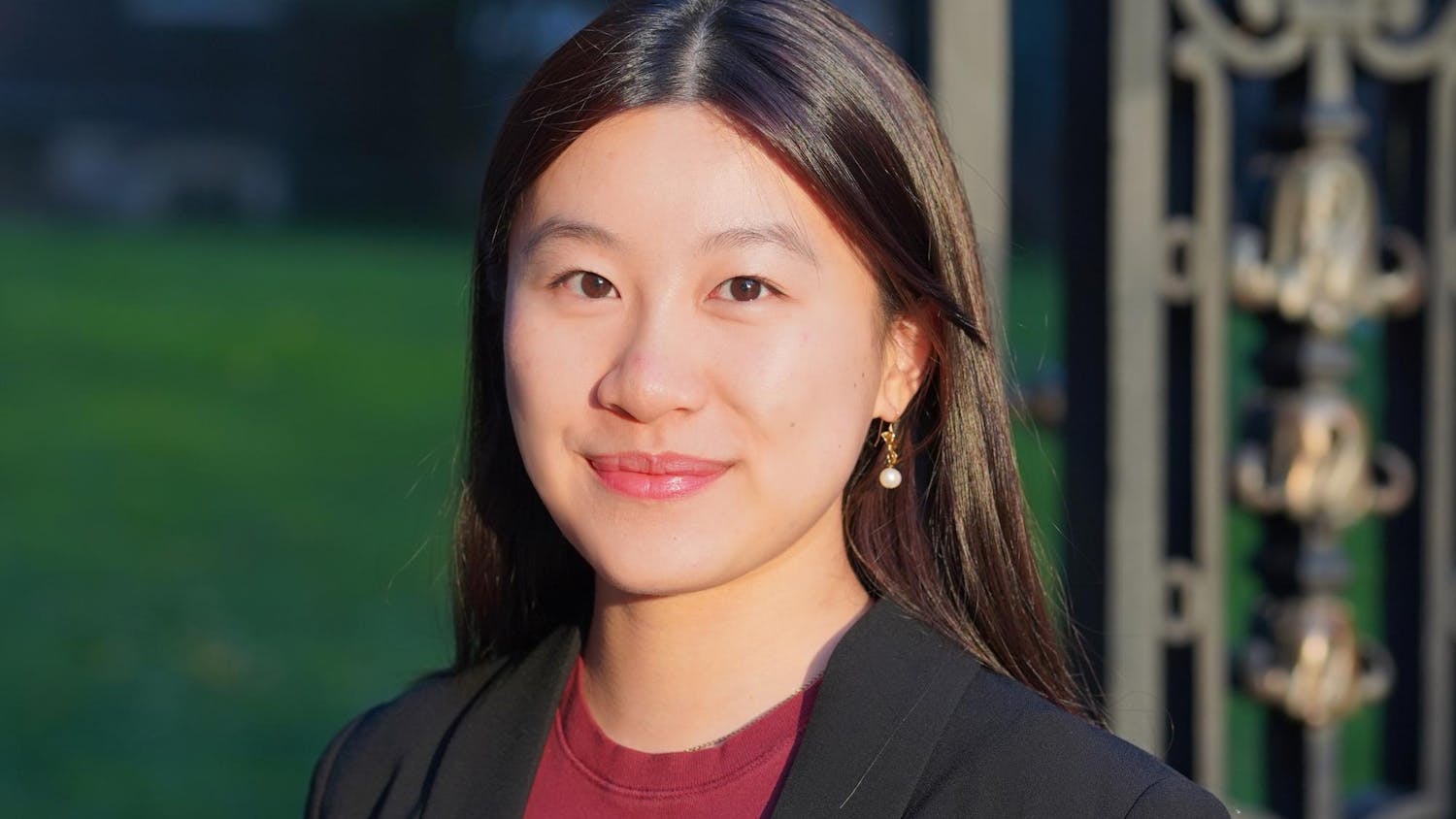Just 31 students submitted independent concentration proposals in the 2020-21 academic year, marking a 27% decrease from the 41 students who submitted proposals during the pre-pandemic 2018-19 academic year, according to Peggy Chang ’93 MA’13, associate dean of the College and director of the Curricular Resource Center for Peer Advising.
The number of accepted proposals decreased to a similar degree — falling roughly 28% in the same two-year span — marking a clear decline in participation in the program during the pandemic.
Independent concentrations, which allow students to pursue “an area of study not currently offered through a standard concentration,” have long been a staple of the Open Curriculum. Through an independent concentration, students independently evaluate and plan the trajectory of their education, using CRC guidance to select courses and “scholarly methodologies” with which they will approach their work, according to the CRC website.
In order to pursue an independent concentration, students must first develop a proposal including an overview of their designed concentration, their planned course of study and an explanation of why such a curriculum could not be pursued through current concentration offerings. Students may propose their independent concentrations “as late as their fifth semester,” Chang noted.
Chang suggested that the decline in proposals in recent years might be explained by the fact that “advising operations had to be fully remote last year.”
Given the constraints of public health guidelines, “first-years and sophomores were unable to meet professors and develop relationships in the same manner,” she explained. Enrollment in the program has also previously benefited “from being able to participate in events like A Day (on) College Hill and the Academic Expo, but this year we were just not able to.”
Emily Moini ’23, who is pursuing an independent concentration in philosophy, politics and economics, views the independent concentration program “as almost an ultimate manifestation of the Brown spirit of free inquiry.” Moini said that she was a bit apprehensive about the independent concentration application process, given that conversations with other independent concentrators made it “clear that this process would be a time-consuming one.”
Moini also agreed that the decline in independent concentration proposals might be caused by challenges posed by the pandemic, as participating in such an intensive process while also navigating public health restrictions would only make the application process more draining.
“It was very hard to adjust to the campus last spring,” Moini explained. “Figuring out how to make that a more sustainable environment … took a lot of my energy in a way I hadn’t necessarily anticipated.”
“Adapting to life during the pandemic would prevent people from making the time for a proposal process as time consuming as this one,” she added.
Reetam Ganguli ’23, who is pursuing an independent concentration in cancer engineering, said that difficulties finding a faculty advisor for the concentration in a remote setting might also have contributed to the decline in submissions.
“Although the professors were setting up online meetings, it has its pros and cons,” he explained. “It saves the time for traveling far, but it can get difficult, especially with older faculty members who take some more time to respond. Thus, the process can get tedious.”
John Lin ’23, who is pursuing an independent concentration in health systems and policy, agreed that the “pandemic made the application difficult.”
But, for Lin, he “was fortunate enough” to have visited the CRC before being sent home as a first-year and found it to be “really supportive,” which helped him get through the application process, he explained. He also added that his recent remote meetings with the CRC have been “very helpful” despite the barrier to in-person access posed by the pandemic.
Lila Zimbalist ’23, an independent concentration coordinator at the CRC who is pursuing an independent concentration in computational neuroscience, said that resources provided by the CRC can help students navigate the application process.
When applying for her program, Zimbalist was “a bit worried about submitting the proposal,” but she was ultimately provided with CRC records of past successful applications that gave her “a strong understanding” of the application process as a whole, she said.
Although Chang agreed that it was “harder for (the CRC) to engage with students remotely,” she was “happy to see that in a fully remote year we still (had) 30 students that submitted a proposal.”
In fall 2021, the CRC received 16 proposal submissions, which leaves Chang “optimistic” for the future of the independent concentration program, she said.





